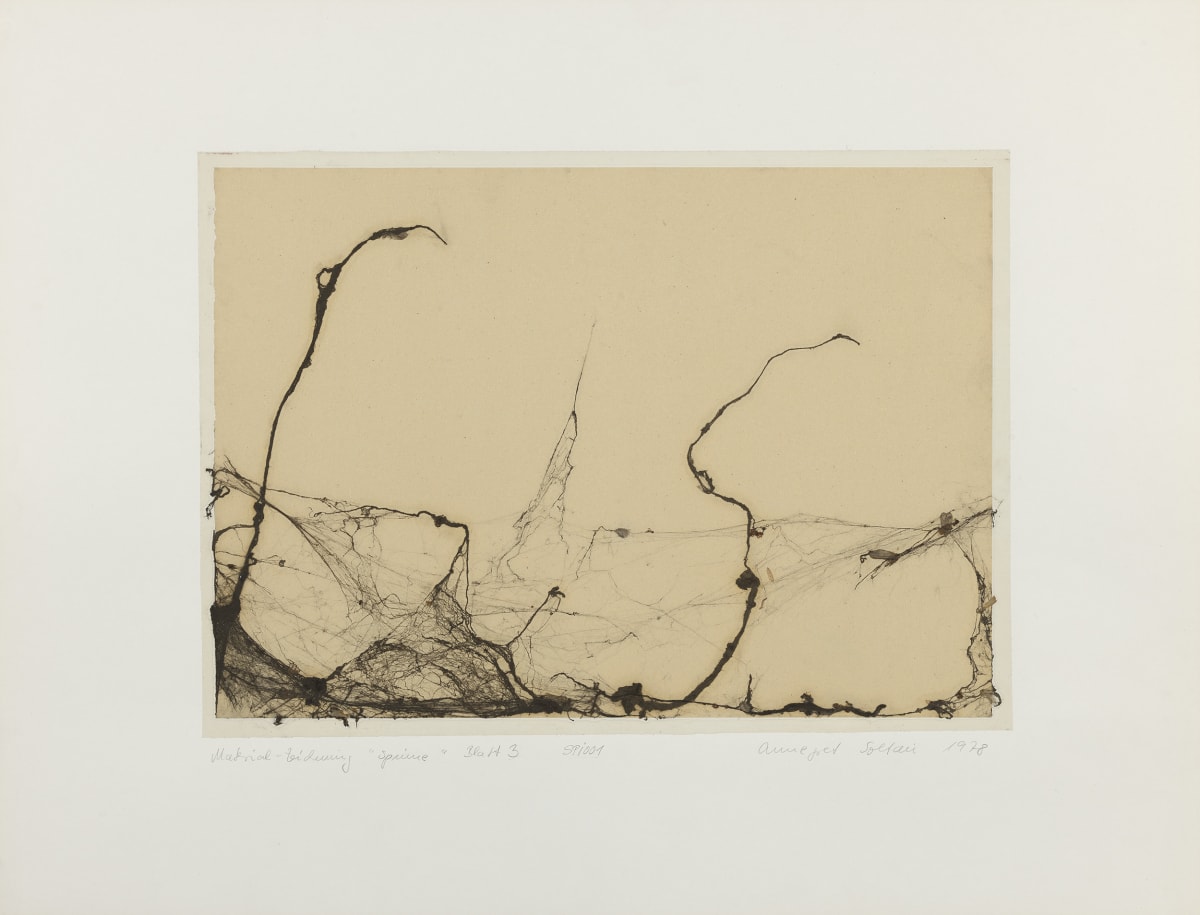-

-

-

-
-
 Francoise JANICOT, Winding my self, encoconnage positif- négatif, 1972/1977
Francoise JANICOT, Winding my self, encoconnage positif- négatif, 1972/1977 -
 Francoise JANICOT, Encoconnage – Cocoon, 1975
Francoise JANICOT, Encoconnage – Cocoon, 1975 -
 Francoise JANICOT, Dessins cachés, 1969
Francoise JANICOT, Dessins cachés, 1969 -
 Francoise JANICOT, Dessins cachés, 1969
Francoise JANICOT, Dessins cachés, 1969 -
 Francoise JANICOT, Floor of the artist's studio, 1976
Francoise JANICOT, Floor of the artist's studio, 1976 -
 Annegret SOLTAUPermanente Demonstration am 19.01.1976, 1976/2008Set of 6 black and white photo etchingsEach: 60 x 50 cmEdition 1 of 5 (plus 2 AP)
Annegret SOLTAUPermanente Demonstration am 19.01.1976, 1976/2008Set of 6 black and white photo etchingsEach: 60 x 50 cmEdition 1 of 5 (plus 2 AP) -
 Annegret SOLTAU, Selbst II, 1-12 (Self II, 1-12), 1975
Annegret SOLTAU, Selbst II, 1-12 (Self II, 1-12), 1975 -
 Annegret SOLTAUo.T. (mit Verband) / Untitled (with bandage), 1973Pencil and crayon on paperImage size: 50 x 37 cm
Annegret SOLTAUo.T. (mit Verband) / Untitled (with bandage), 1973Pencil and crayon on paperImage size: 50 x 37 cm -
 Annegret SOLTAU, Maske (Selbst) / Mask (self), 1974
Annegret SOLTAU, Maske (Selbst) / Mask (self), 1974 -
![Annegret SOLTAU, Ausgeliefert [Vulnerable], 1978](data:image/gif;base64,R0lGODlhAQABAIAAAAAAAP///yH5BAEAAAAALAAAAAABAAEAAAIBRAA7) Annegret SOLTAU, Ausgeliefert [Vulnerable], 1978
Annegret SOLTAU, Ausgeliefert [Vulnerable], 1978 -
![Annegret SOLTAU, Selbst [Self], 1975](data:image/gif;base64,R0lGODlhAQABAIAAAAAAAP///yH5BAEAAAAALAAAAAABAAEAAAIBRAA7) Annegret SOLTAU, Selbst [Self], 1975
Annegret SOLTAU, Selbst [Self], 1975 -
 Annegret SOLTAU, Permanente demonstration 19.1.1976, 1976
Annegret SOLTAU, Permanente demonstration 19.1.1976, 1976 -
 Annegret SOLTAU, Permanent demonstration am 19.1.1976, 1976
Annegret SOLTAU, Permanent demonstration am 19.1.1976, 1976 -
 Annegret SOLTAU, Spinne (Spider), 1978
Annegret SOLTAU, Spinne (Spider), 1978 -
 Annegret SOLTAU, Spinne (Spider), 1978
Annegret SOLTAU, Spinne (Spider), 1978 -
 Annegret SOLTAU, Spinne (Spider), 1978
Annegret SOLTAU, Spinne (Spider), 1978 -
 Annegret SOLTAU, Spinne (Spider), 1978
Annegret SOLTAU, Spinne (Spider), 1978
-




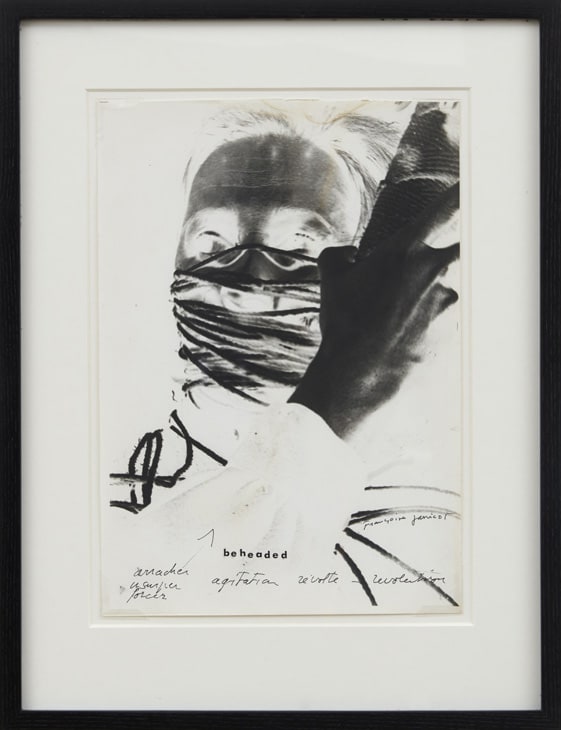
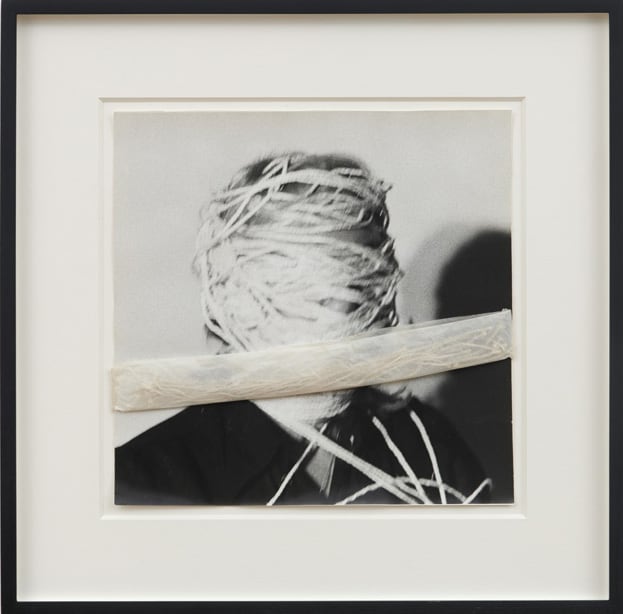


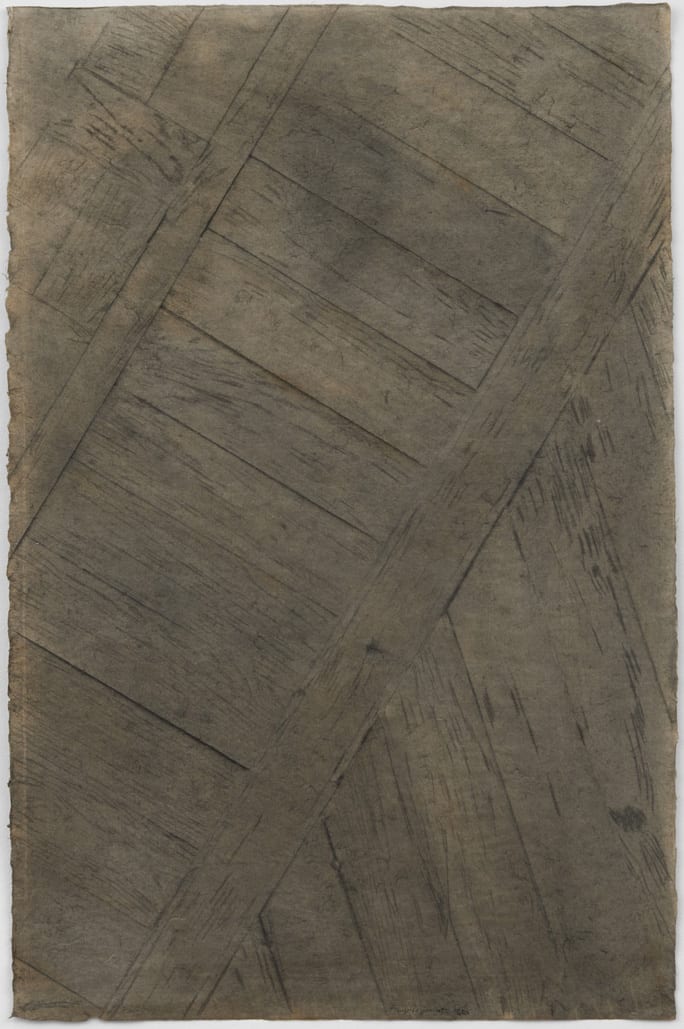


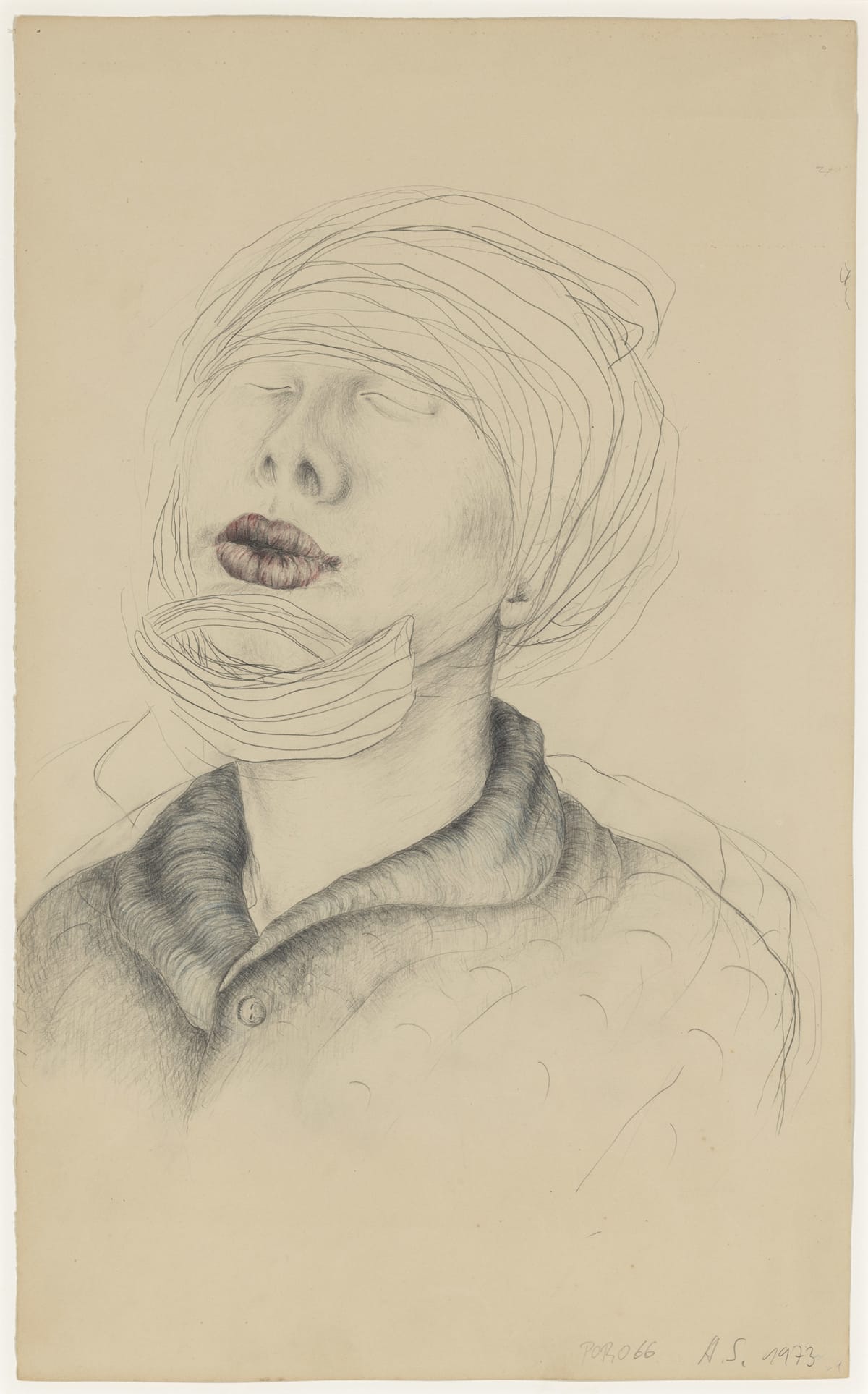

![Annegret SOLTAU, Ausgeliefert [Vulnerable], 1978](https://artlogic-res.cloudinary.com/w_1200,c_limit,f_auto,fl_lossy,q_auto/artlogicstorage/richardsaltoun/images/view/3dd00a26cf91e9d8b26f77ff00f53a6cj/richardsaltoun-annegret-soltau-ausgeliefert-vulnerable-1978.jpg)
![Annegret SOLTAU, Selbst [Self], 1975](https://artlogic-res.cloudinary.com/w_1200,c_limit,f_auto,fl_lossy,q_auto/artlogicstorage/richardsaltoun/images/view/68dd40032e603c6ac93e48afc7c143bcj/richardsaltoun-annegret-soltau-selbst-self-1975.jpg)





